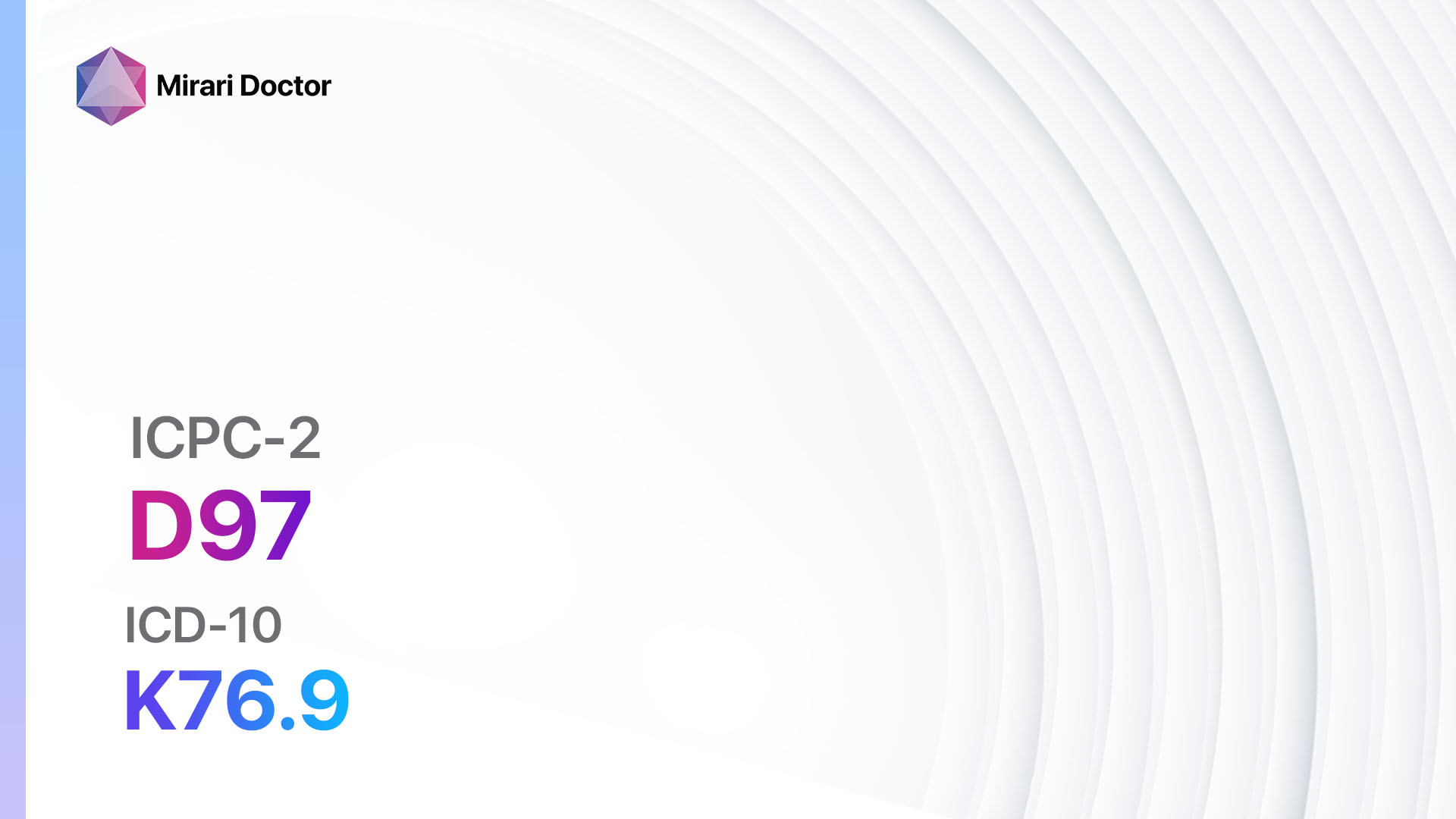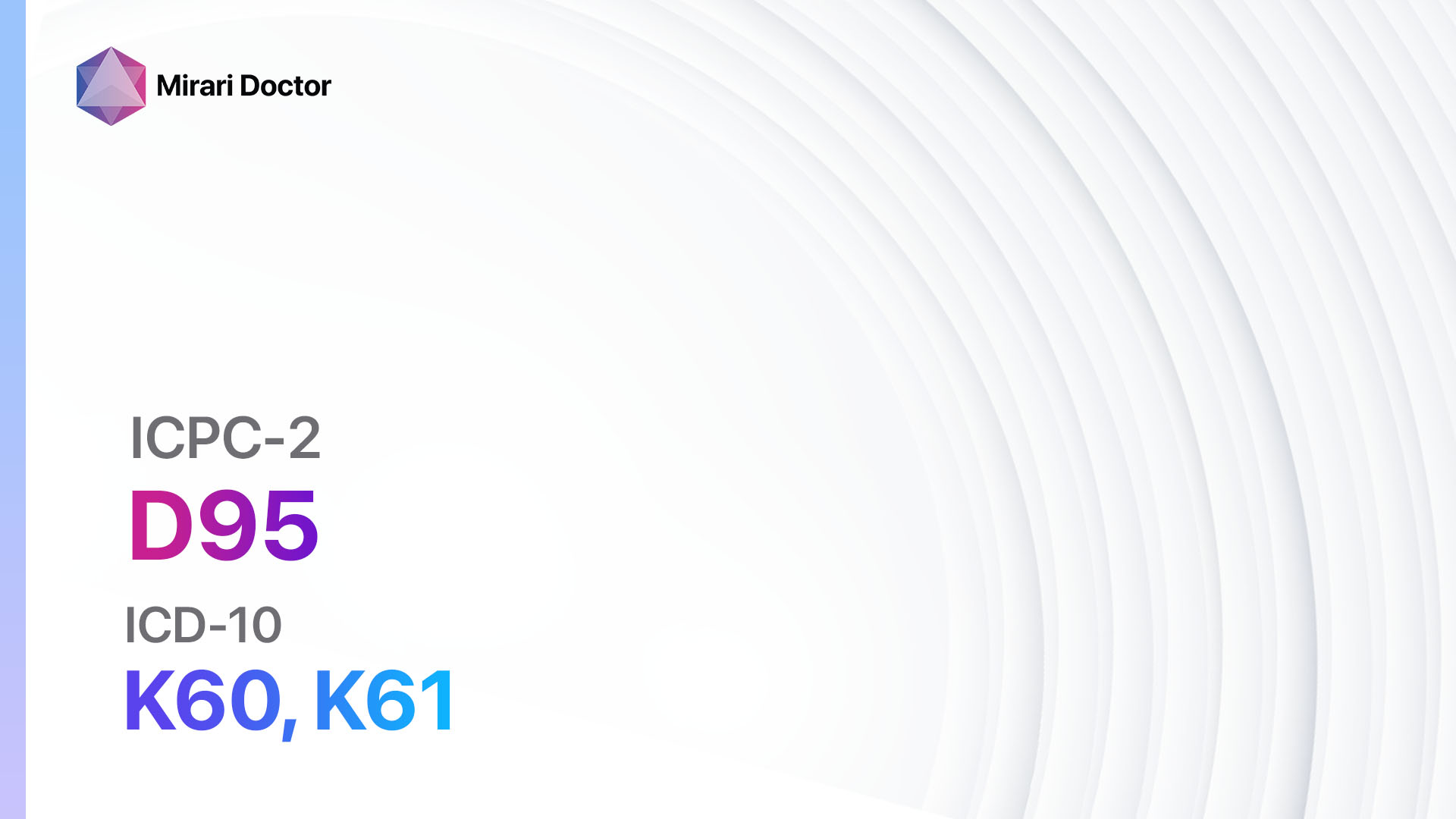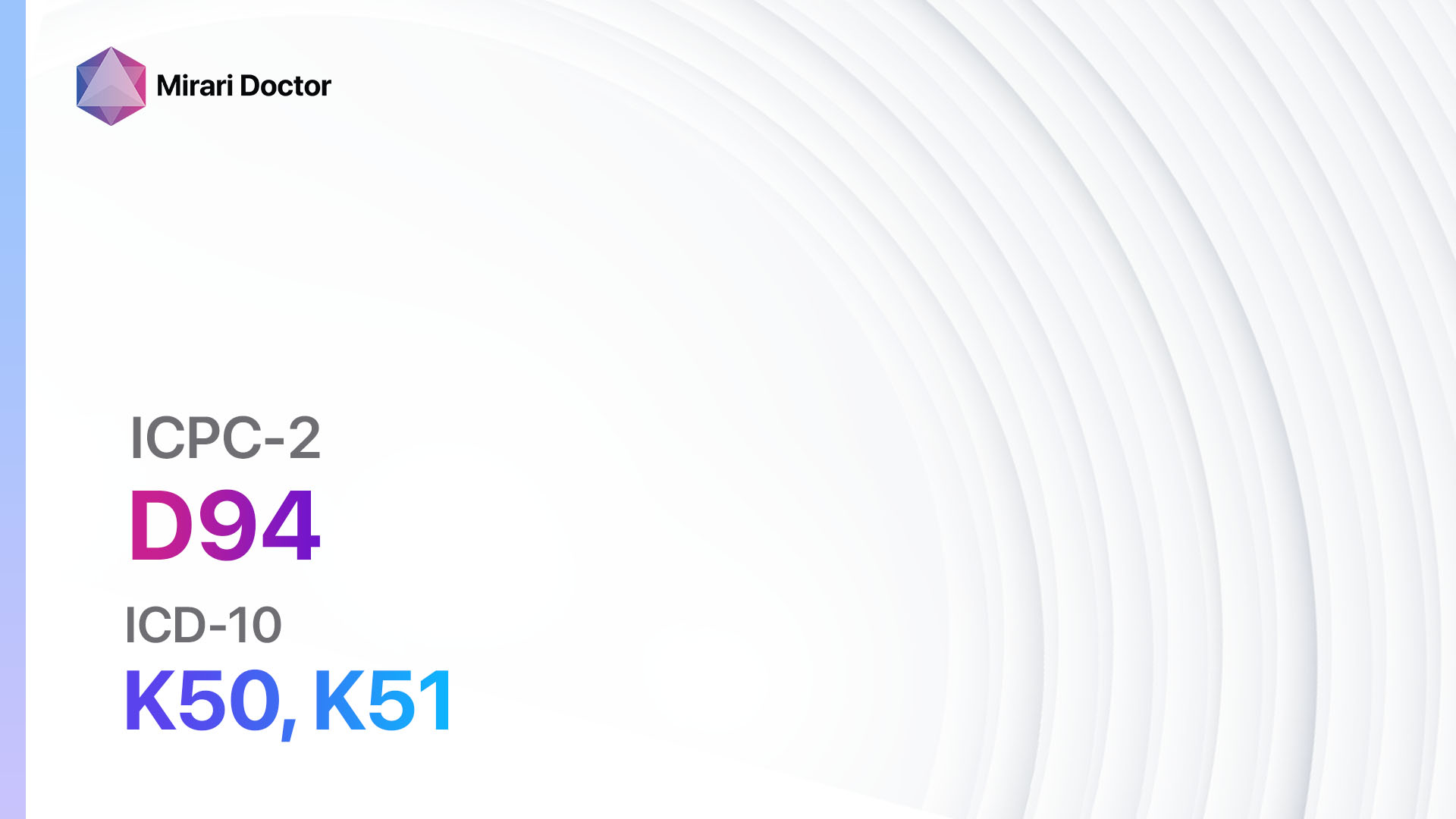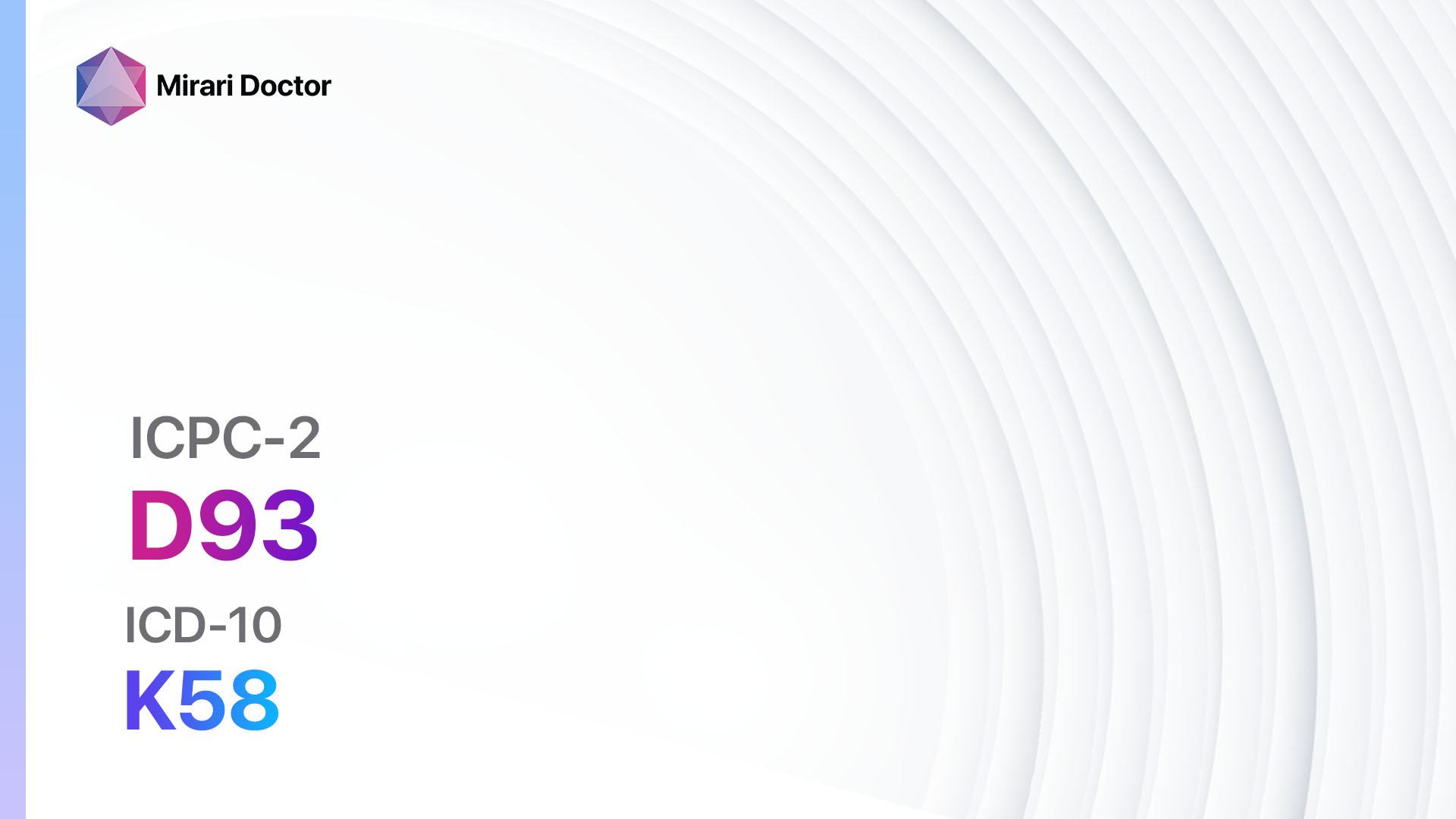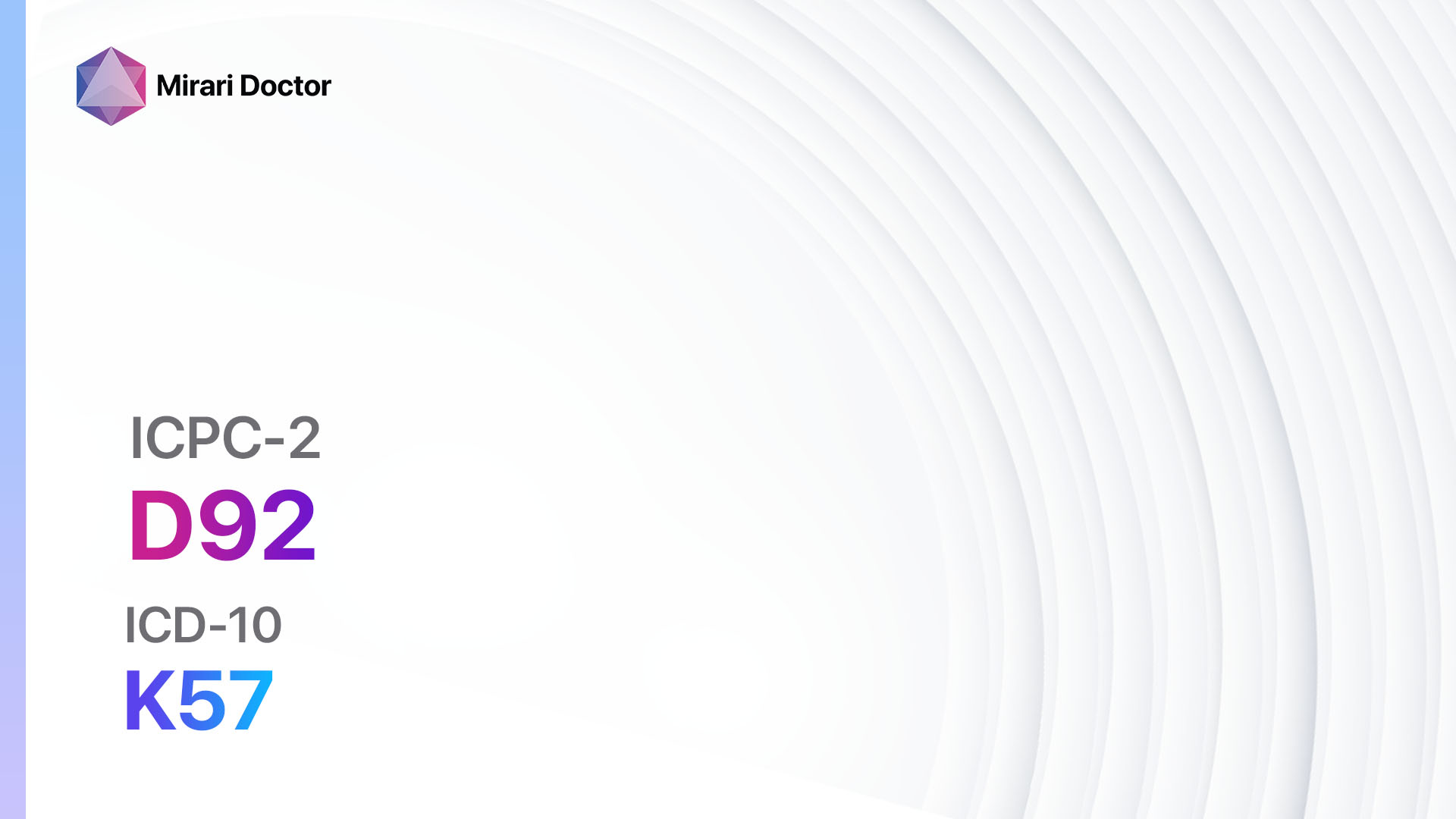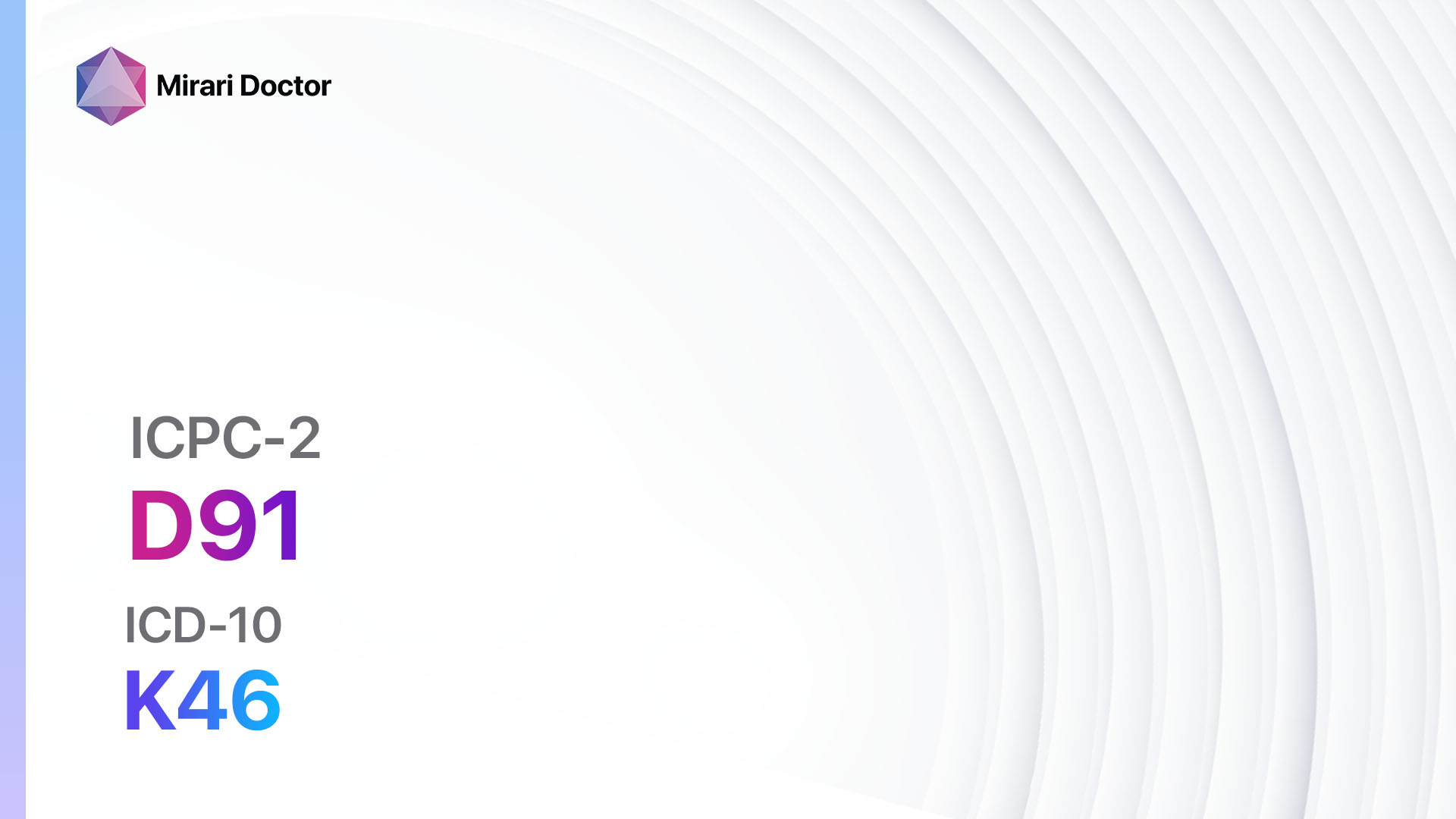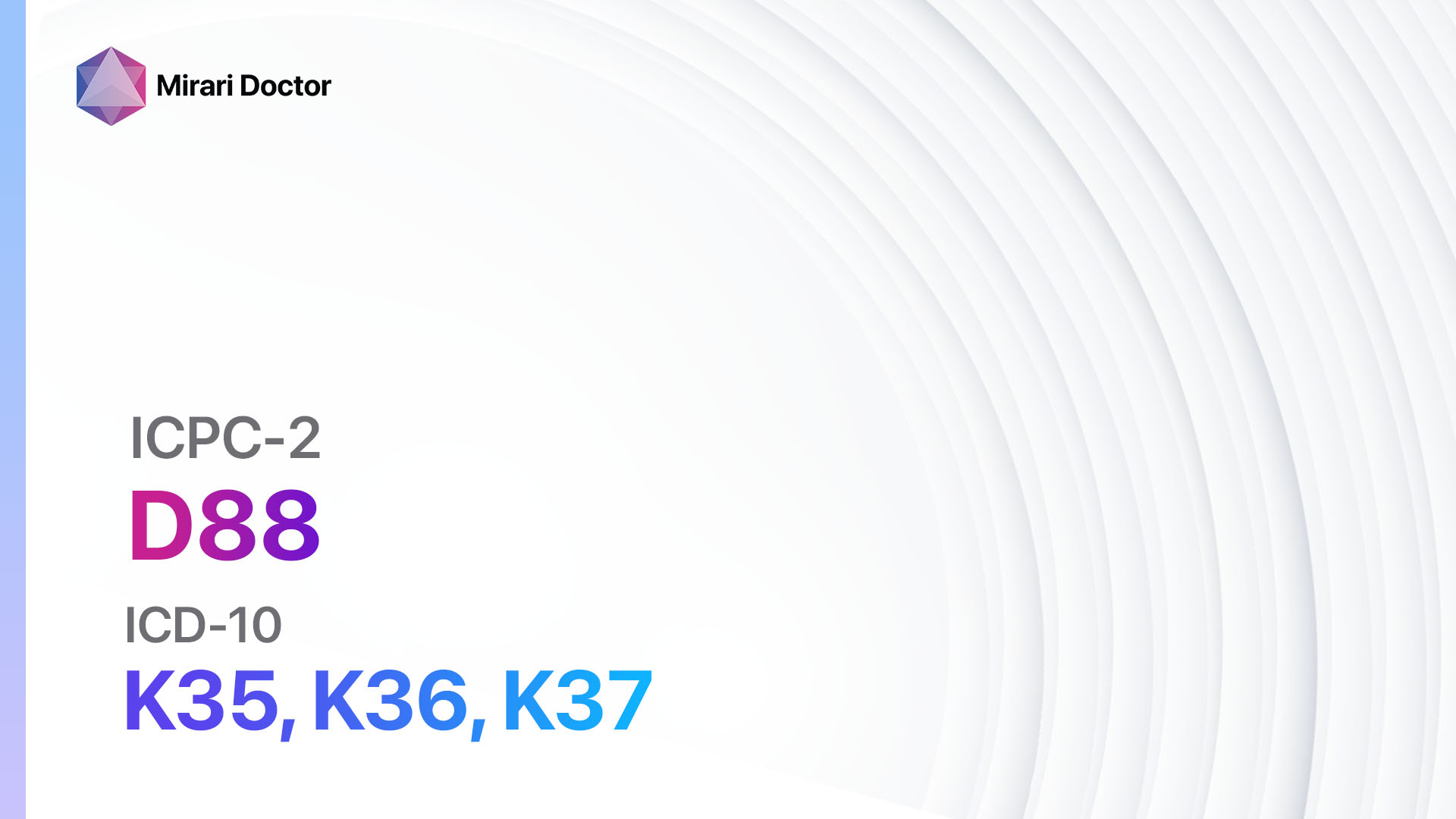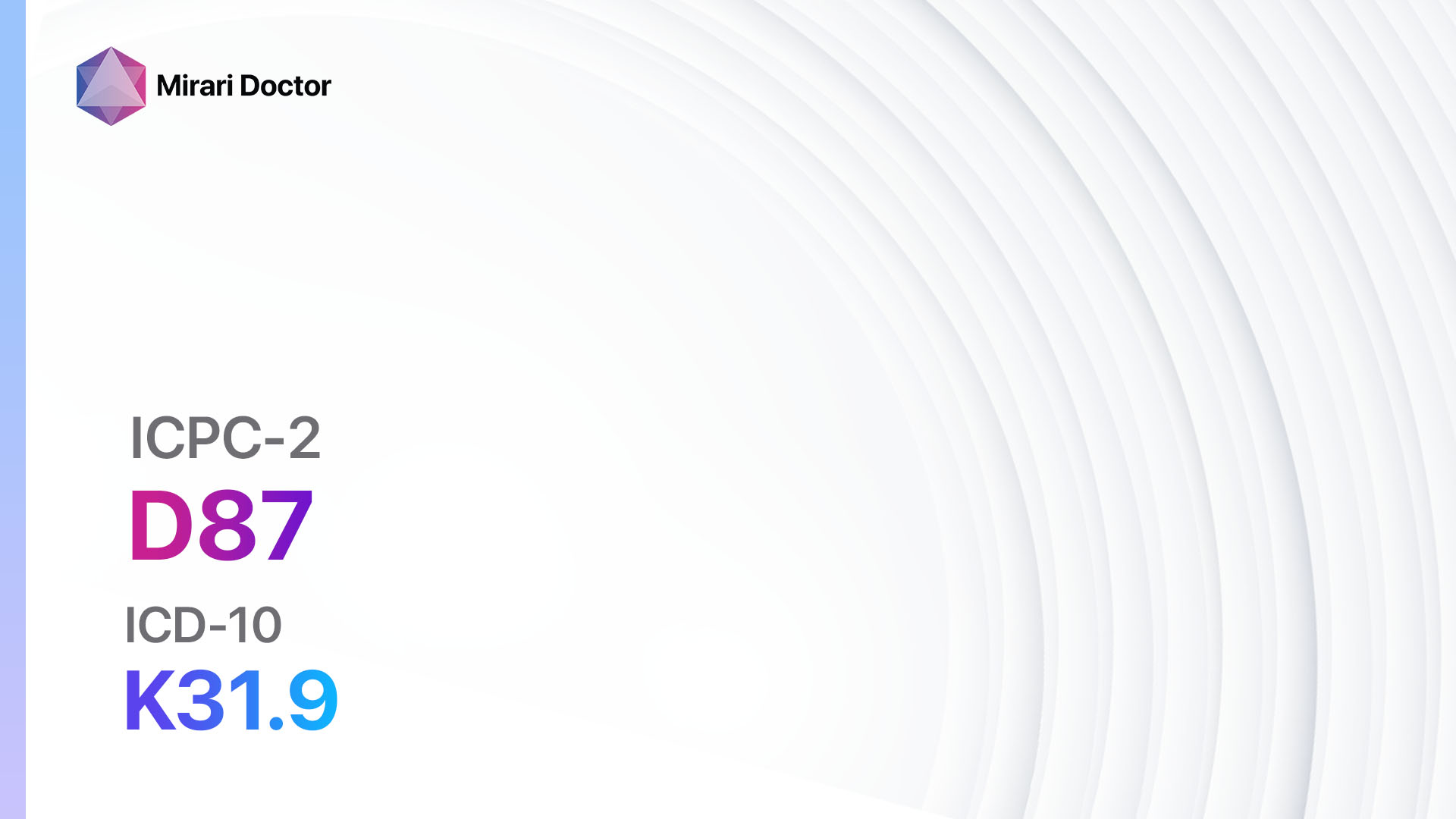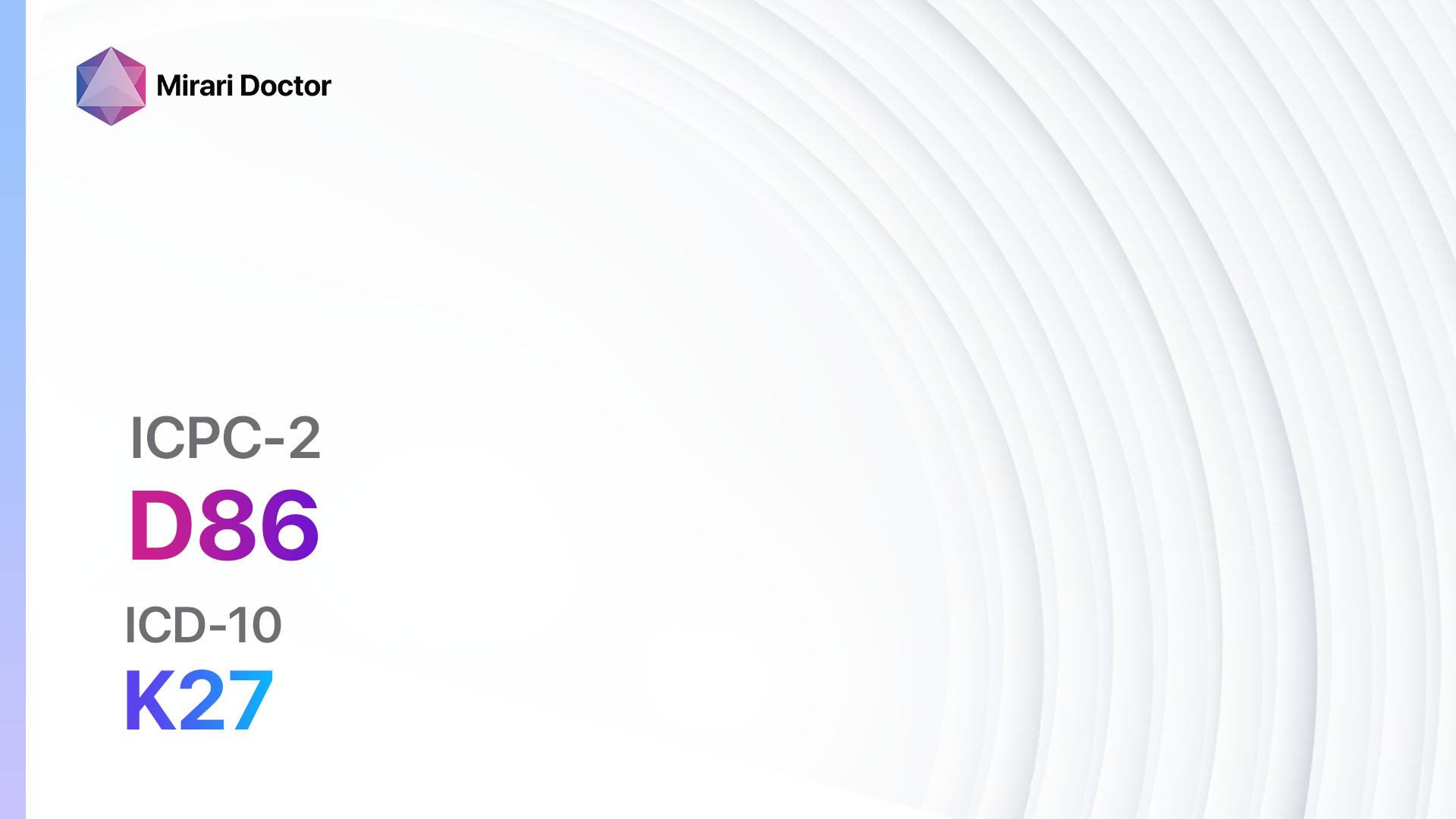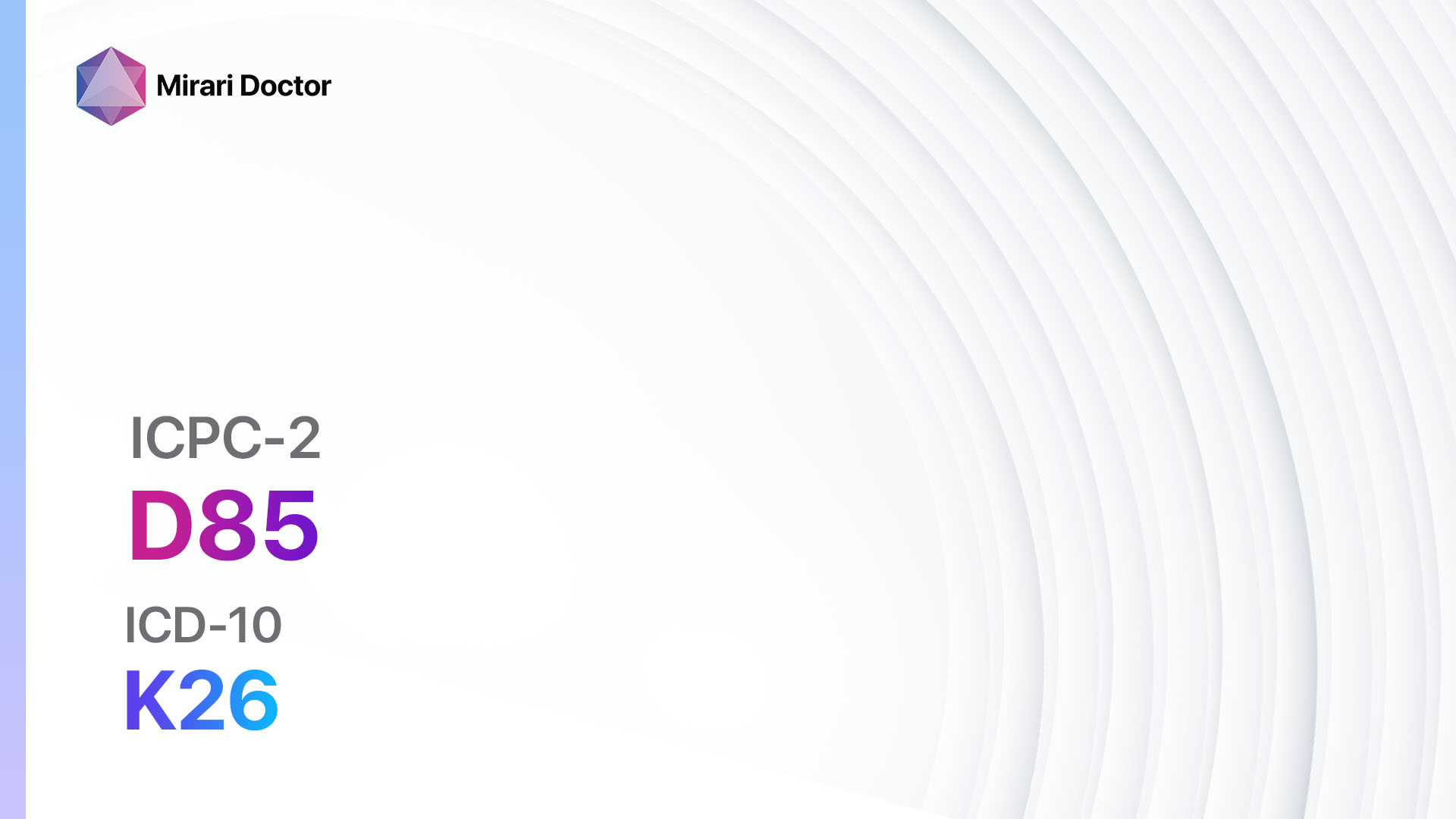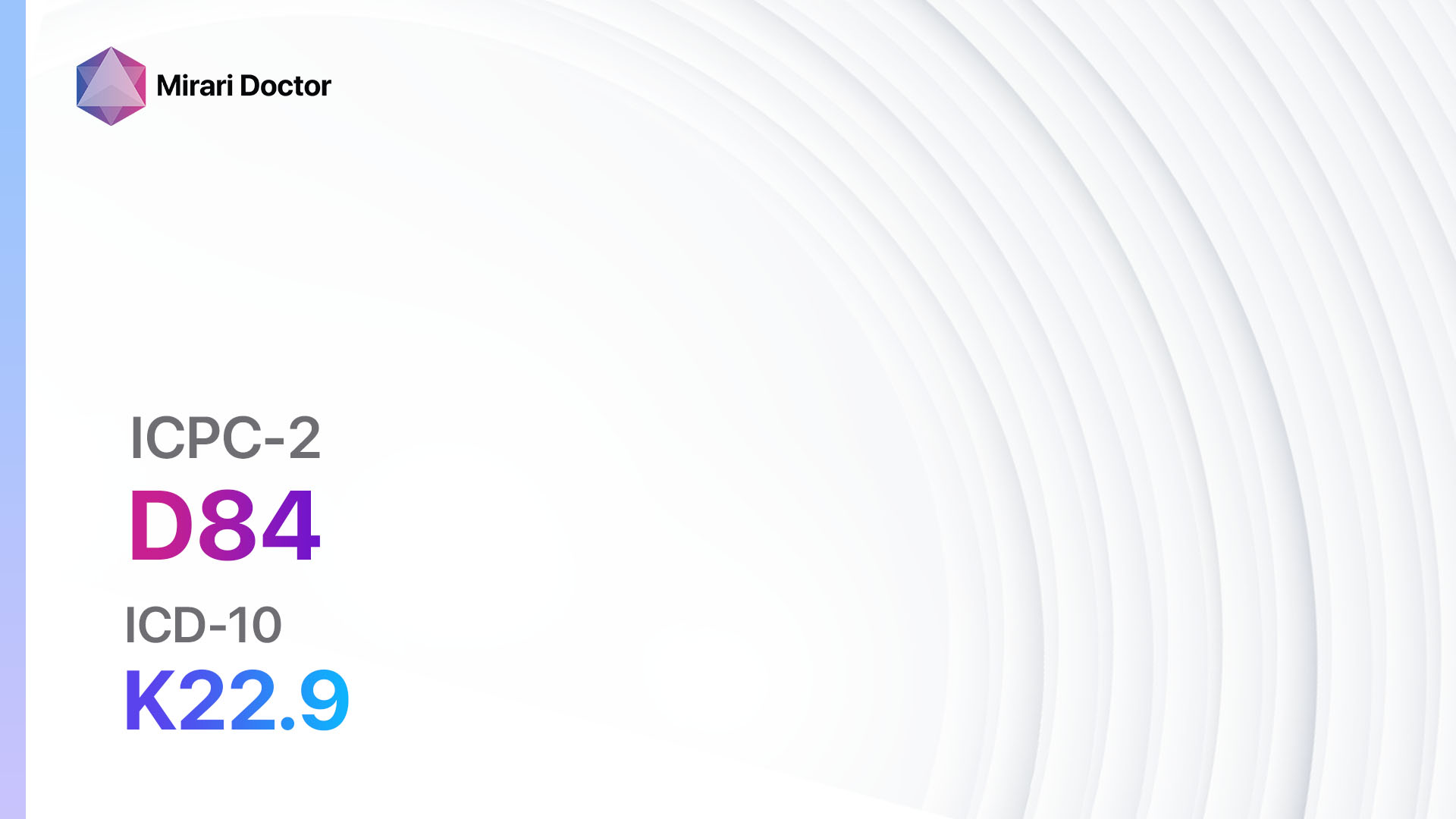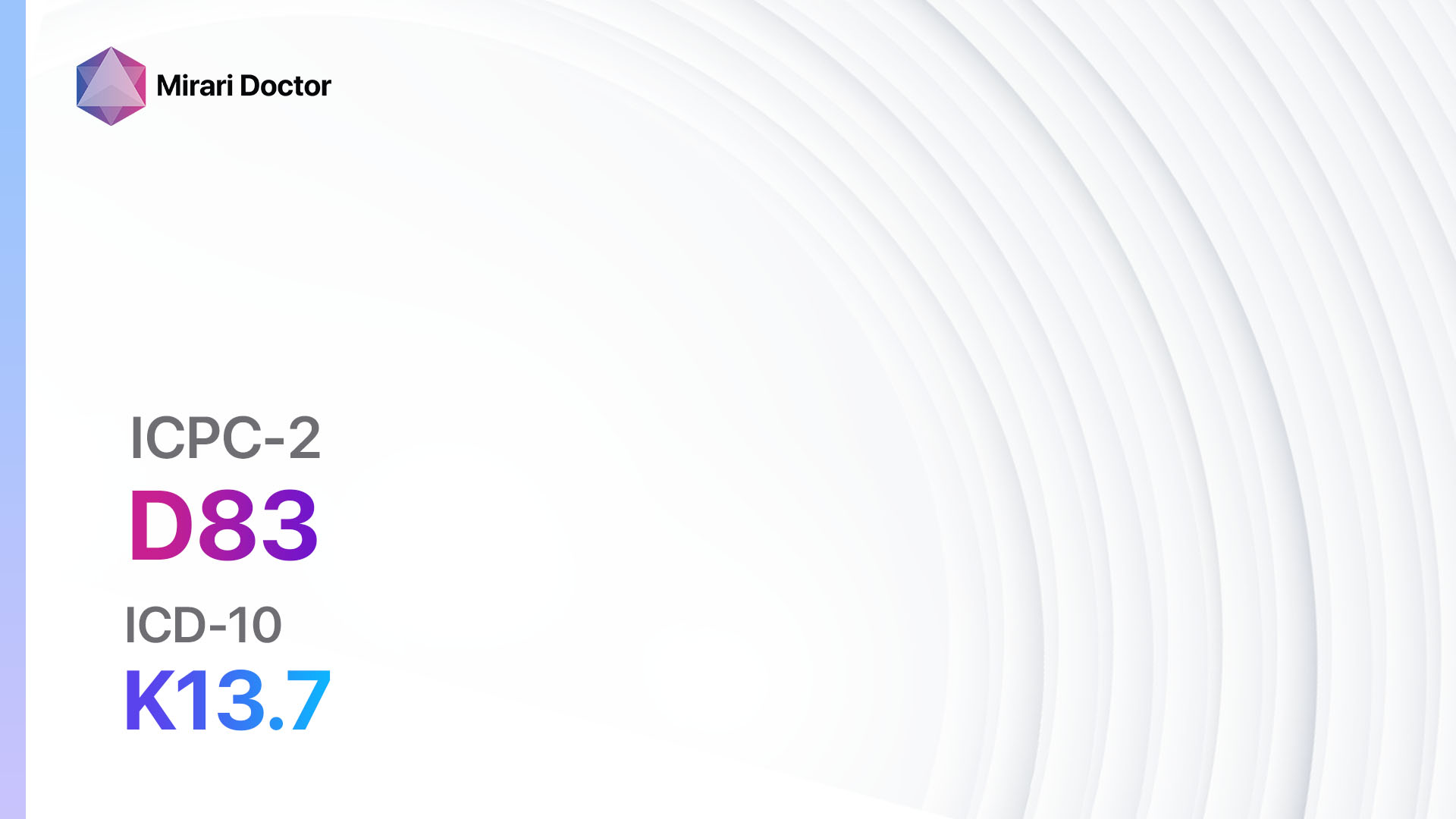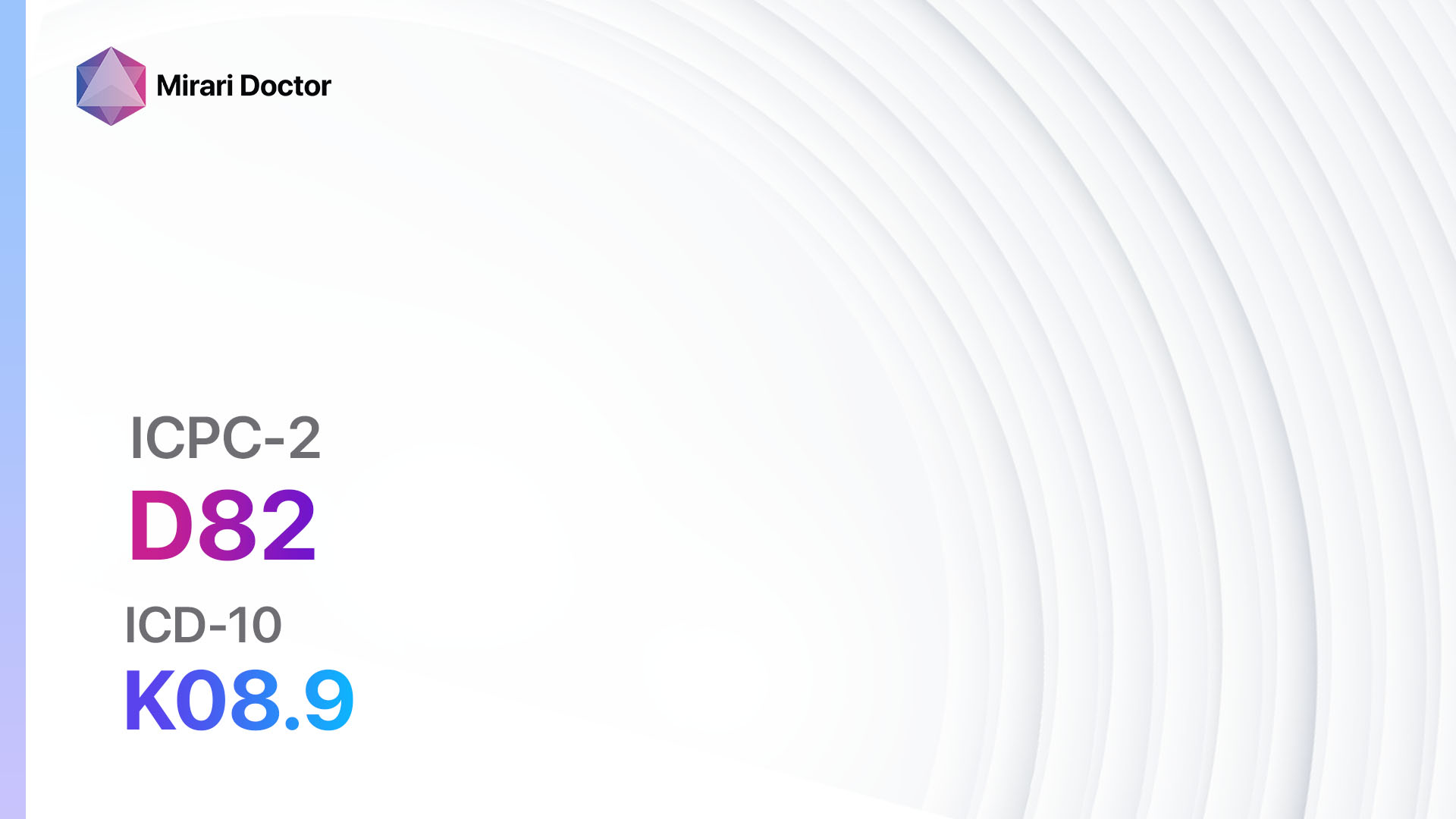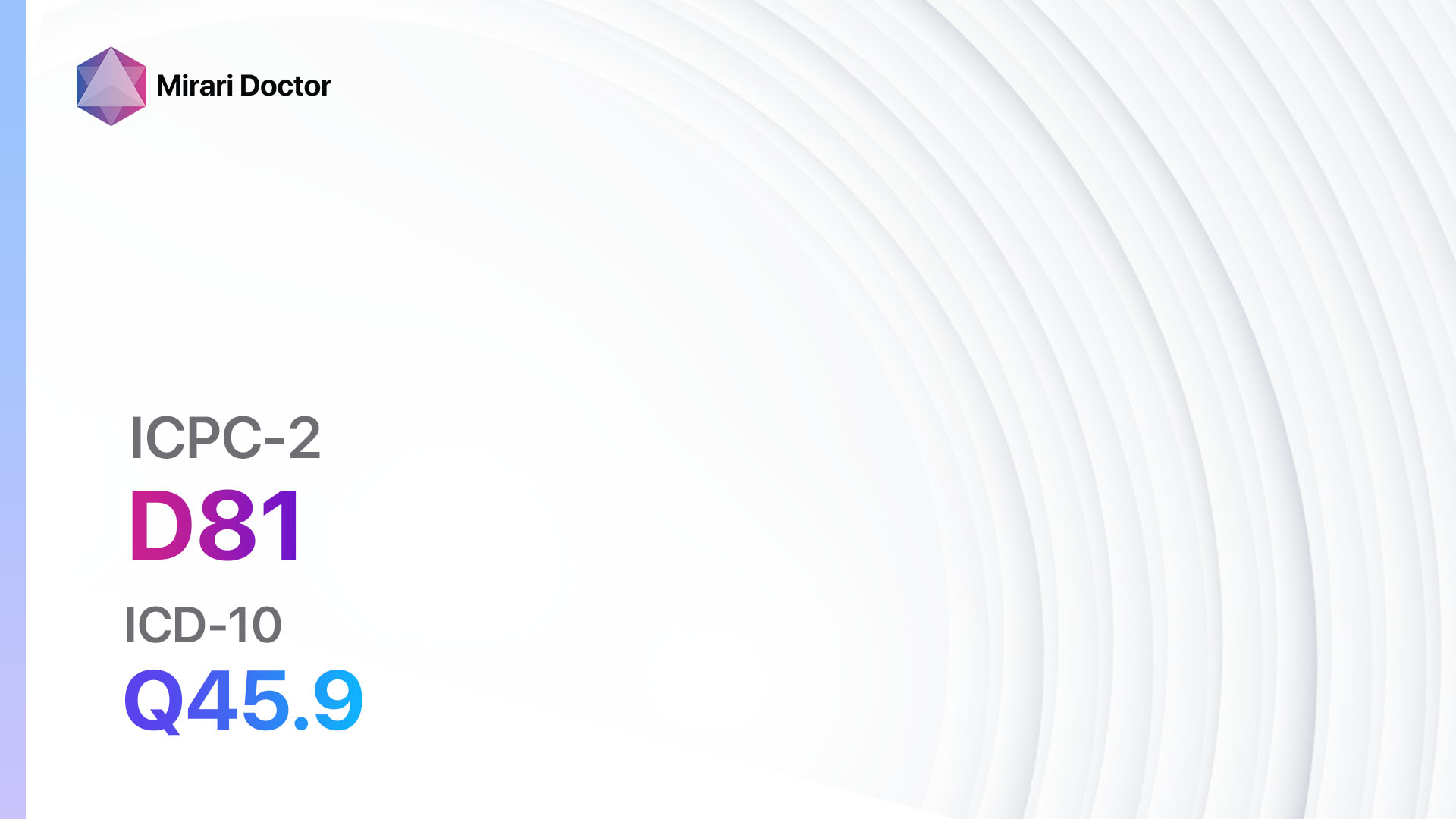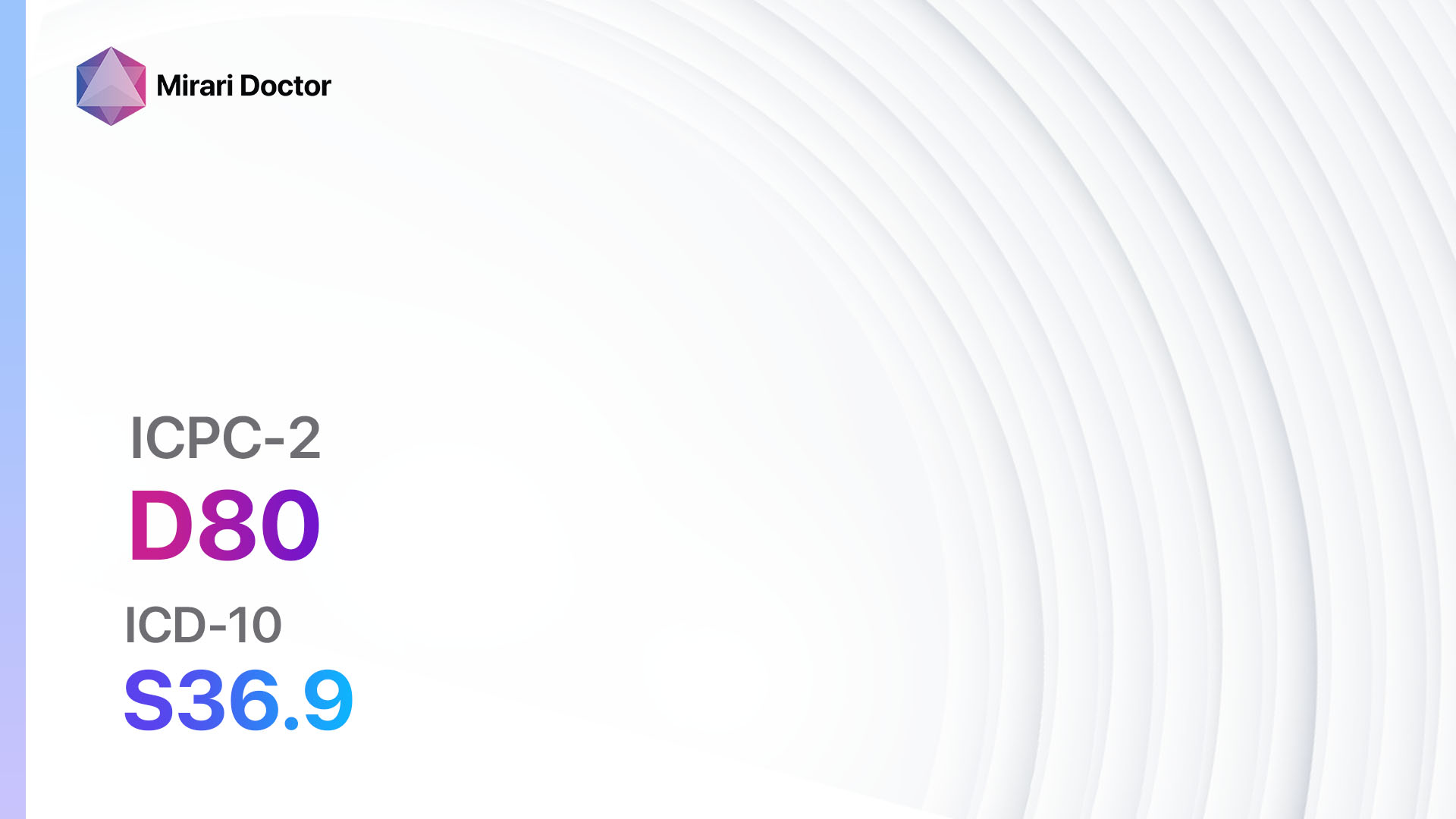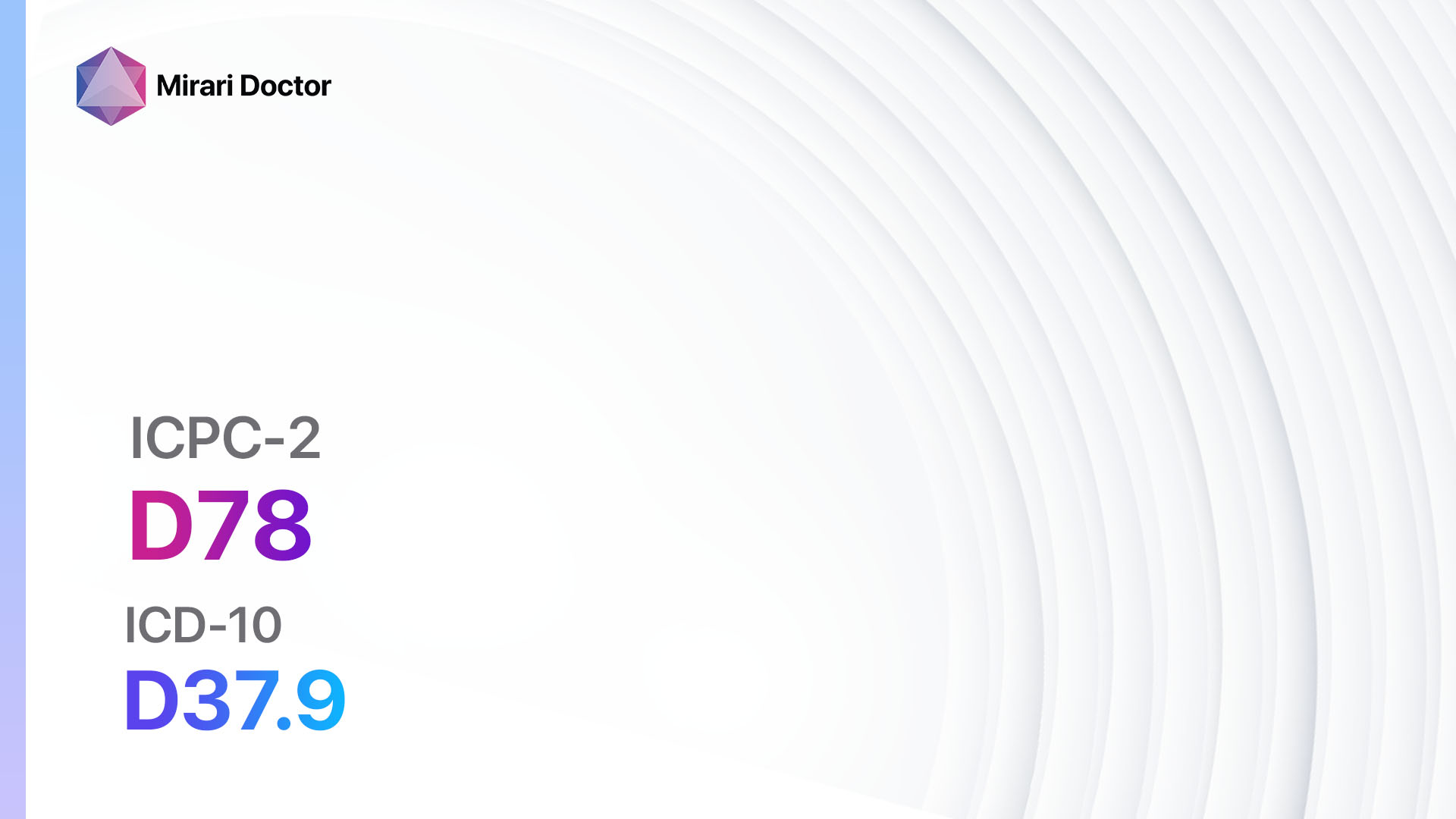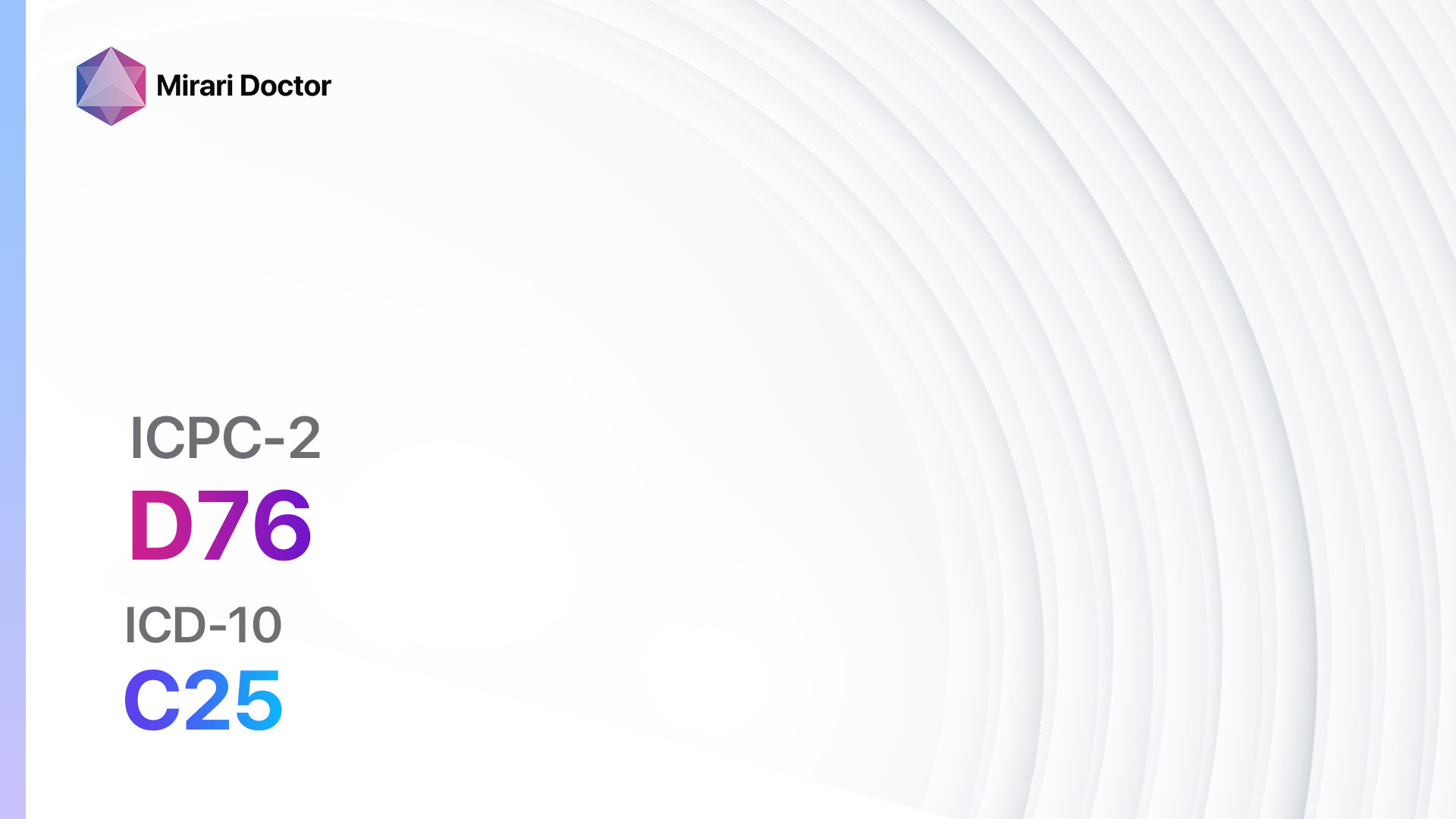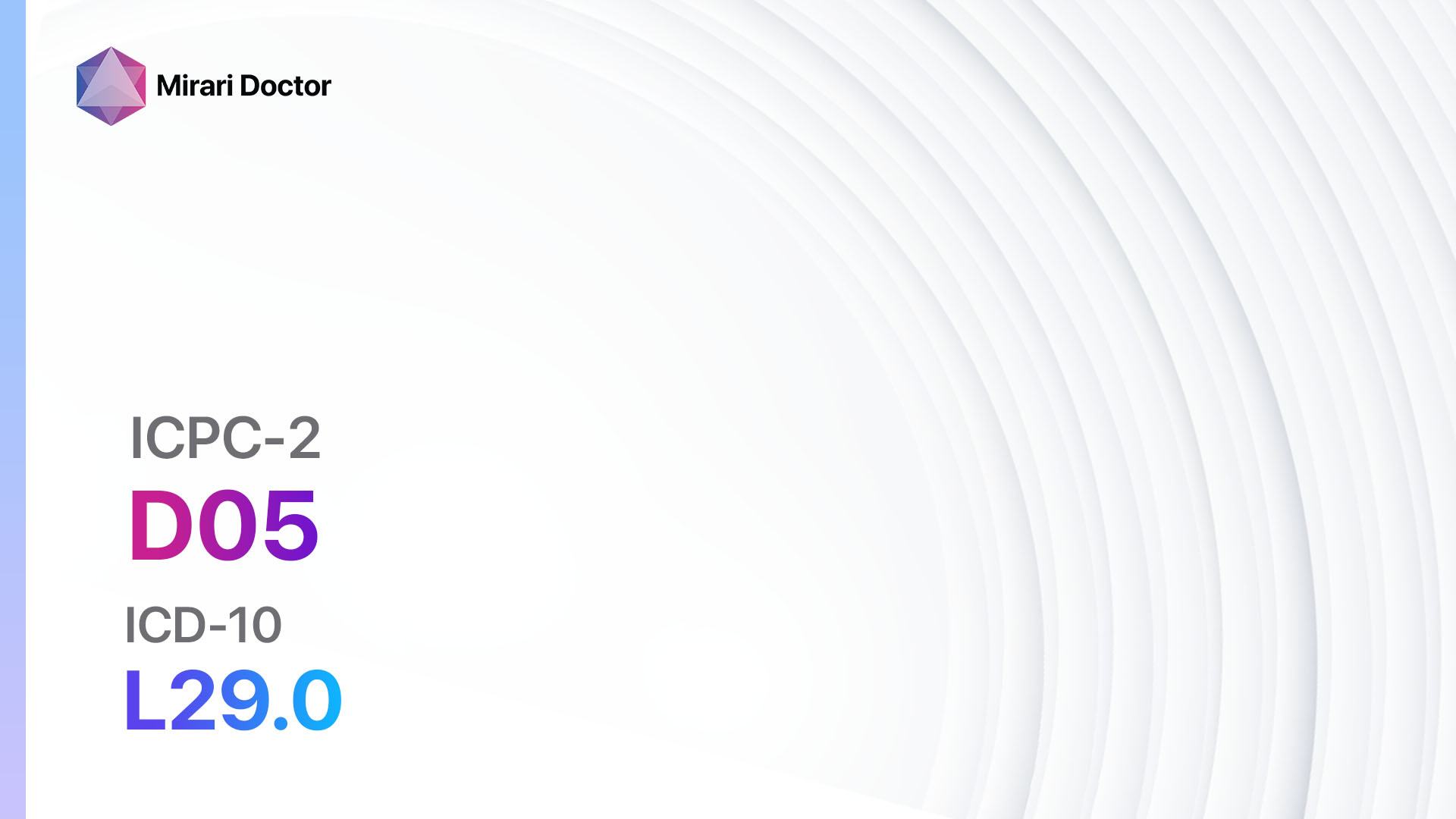
Introduction
Perianal itching, also known as pruritus ani, is a common condition characterized by itching and irritation around the anus. It can be caused by various factors, including poor hygiene, skin conditions, infections, and certain medical conditions. This guide aims to provide an overview of perianal itching, including its symptoms, causes, diagnostic steps, possible interventions, and lifestyle interventions.
Codes
Symptoms
- Persistent itching around the anus[1]
- Burning or stinging sensation[2]
- Redness and inflammation of the skin around the anus[3]
- Discomfort or pain during bowel movements[4]
- Anal discharge or leakage[5]
- Bleeding or small tears in the skin around the anus[6]
Causes
- Poor hygiene, such as inadequate wiping or excessive cleaning[7]
- Skin conditions, such as eczema, psoriasis, or dermatitis[8]
- Infections, including fungal infections (such as candidiasis) or bacterial infections (such as streptococcal infection)[9]
- Hemorrhoids or anal fissures[10]
- Certain medical conditions, such as diabetes, inflammatory bowel disease, or sexually transmitted infections
Diagnostic Steps
Medical History
- Gather information about the patient’s symptoms, including the duration, frequency, and severity of itching
- Inquire about any recent changes in hygiene practices or exposure to potential irritants
- Assess the patient’s medical history, including any underlying medical conditions or previous episodes of perianal itching
- Identify any risk factors, such as a family history of skin conditions or allergies
Physical Examination
- Perform a visual inspection of the perianal area to assess for redness, inflammation, or skin lesions
- Check for signs of infection, such as discharge or swelling
- Palpate the area to identify any lumps, hemorrhoids, or anal fissures
- Evaluate the patient’s overall skin condition and look for signs of underlying skin conditions
Laboratory Tests
- Stool sample analysis to rule out infections or parasites
- Skin scraping or biopsy to identify any underlying skin conditions or infections
- Blood tests to assess for underlying medical conditions, such as diabetes or autoimmune disorders
Diagnostic Imaging
- In most cases, diagnostic imaging is not necessary for the diagnosis of perianal itching. However, in certain cases, imaging modalities such as ultrasound or MRI may be used to evaluate the anal canal or surrounding structures.
Other Tests
- Anoscopy or proctoscopy to visualize the anal canal and rectum for any abnormalities or signs of inflammation
- Allergy testing to identify potential allergens that may be causing the itching
- Colonoscopy or sigmoidoscopy to evaluate the colon and rectum for any underlying conditions, such as inflammatory bowel disease
Follow-up and Patient Education
- Schedule a follow-up appointment to assess the effectiveness of the chosen intervention and address any concerns or questions the patient may have
- Provide education on proper hygiene practices, including gentle wiping, avoiding excessive cleaning, and using mild, fragrance-free cleansers
- Encourage the patient to maintain good hydration and a healthy diet to promote regular bowel movements and prevent constipation
- Advise the patient to avoid scratching the affected area and to keep the area clean and dry
- Discuss the importance of managing any underlying medical conditions that may contribute to perianal itching
Possible Interventions
Traditional Interventions
Medications:
Top 5 drugs for Perianal itching:
- Topical corticosteroids (e.g., Hydrocortisone cream):
- Cost: Over-the-counter versions can range from $5-$15. Prescription-strength creams may cost more.
- Contraindications: Hypersensitivity to corticosteroids, skin infections.
- Side effects: Thinning of the skin, skin discoloration, burning or stinging sensation.
- Severe side effects: Allergic reactions, skin atrophy.
- Drug interactions: None reported.
- Warning: Prolonged use may lead to skin thinning and increased risk of infection.
- Antifungal creams (e.g., Clotrimazole, Miconazole):
- Cost: Over-the-counter versions can range from $5-$15. Prescription-strength creams may cost more.
- Contraindications: Hypersensitivity to antifungal agents, open wounds.
- Side effects: Skin irritation, burning or stinging sensation.
- Severe side effects: Allergic reactions, skin rash.
- Drug interactions: None reported.
- Warning: Prolonged use may lead to resistance or recurrence of fungal infection.
- Topical analgesics (e.g., Lidocaine cream):
- Cost: Over-the-counter versions can range from $5-$15. Prescription-strength creams may cost more.
- Contraindications: Hypersensitivity to local anesthetics, open wounds.
- Side effects: Skin irritation, numbness or tingling sensation.
- Severe side effects: Allergic reactions, skin rash.
- Drug interactions: None reported.
- Warning: Prolonged use may lead to skin irritation or allergic reactions.
- Oral antihistamines (e.g., Diphenhydramine, Loratadine):
- Cost: Over-the-counter versions can range from $5-$15. Prescription-strength medications may cost more.
- Contraindications: Hypersensitivity to antihistamines, narrow-angle glaucoma.
- Side effects: Drowsiness, dry mouth, dizziness.
- Severe side effects: Severe allergic reactions, difficulty urinating.
- Drug interactions: Sedatives, alcohol, other antihistamines.
- Warning: May cause drowsiness, avoid driving or operating machinery.
- Oral antibiotics (e.g., Metronidazole, Ciprofloxacin):
- Cost: Generic versions can range from $10-$50 for a course of treatment.
- Contraindications: Hypersensitivity to antibiotics, history of tendon disorders.
- Side effects: Nausea, diarrhea, abdominal pain.
- Severe side effects: Severe allergic reactions, tendon rupture.
- Drug interactions: Antacids, blood thinners.
- Warning: Finish the full course of antibiotics as prescribed.
Alternative Drugs:
- Calcineurin inhibitors (e.g., Tacrolimus): Used for resistant cases of perianal itching, especially in patients with underlying skin conditions. Cost: Varies depending on the specific medication.
- Antipruritic creams (e.g., Pramoxine): Provide temporary relief from itching. Cost: Over-the-counter versions can range from $5-$15.
- Antibacterial creams (e.g., Neomycin): Used for cases of perianal itching associated with bacterial infections. Cost: Over-the-counter versions can range from $5-$15.
Surgical Procedures:
- In most cases, surgical procedures are not necessary for the treatment of perianal itching. However, in rare cases where an underlying condition requires surgical intervention, the cost can vary significantly depending on the specific procedure and healthcare provider. It is best to consult with a healthcare professional for more information.
Alternative Interventions
- Probiotics: May help restore the balance of gut bacteria and improve overall gut health. Cost: Varies depending on the specific probiotic supplement.
- Sitz baths: Soaking the perianal area in warm water can help relieve itching and irritation. Cost: Minimal, as it can be done at home with a basin or bathtub.
- Aloe vera gel: Applying aloe vera gel to the affected area can provide soothing relief. Cost: Varies depending on the brand and size of the product.
- Dietary modifications: Avoiding potential trigger foods, such as spicy foods or caffeine, and increasing fiber intake can help improve bowel movements and reduce irritation. Cost: Varies depending on individual food choices.
- Stress management techniques: Stress can exacerbate itching, so practicing relaxation techniques, such as meditation or yoga, may help alleviate symptoms. Cost: Varies depending on the chosen method or class fees.
Lifestyle Interventions
- Maintain good hygiene practices, including gentle wiping, avoiding excessive cleaning, and using mild, fragrance-free cleansers. Cost: Minimal, as it involves proper hygiene practices.
- Keep the perianal area clean and dry. Use soft, unscented toilet paper and avoid using harsh soaps or wipes. Cost: Minimal, as it involves using appropriate hygiene products.
- Wear loose-fitting, breathable underwear and avoid tight clothing that can trap moisture and irritate the skin. Cost: Varies depending on individual clothing choices.
- Avoid scratching the affected area and keep nails short to prevent further irritation or infection. Cost: Minimal, as it involves self-control and proper nail care.
- Use a barrier cream or ointment, such as petroleum jelly, to protect the skin and prevent further irritation. Cost: Minimal, as it involves using readily available products.
It is important to note that the cost ranges provided are approximate and may vary depending on the location and availability of the interventions. It is recommended to consult with a healthcare professional for specific cost information and to determine the most suitable interventions for individual cases of perianal itching.
Mirari Cold Plasma Alternative Intervention
Understanding Mirari Cold Plasma
- Safe and Non-Invasive Treatment: Mirari Cold Plasma is a safe and non-invasive treatment option for various skin conditions. It does not require incisions, minimizing the risk of scarring, bleeding, or tissue damage.
- Efficient Extraction of Foreign Bodies: Mirari Cold Plasma facilitates the removal of foreign bodies from the skin by degrading and dissociating organic matter, allowing easier access and extraction.
- Pain Reduction and Comfort: Mirari Cold Plasma has a local analgesic effect, providing pain relief during the treatment, making it more comfortable for the patient.
- Reduced Risk of Infection: Mirari Cold Plasma has antimicrobial properties, effectively killing bacteria and reducing the risk of infection.
- Accelerated Healing and Minimal Scarring: Mirari Cold Plasma stimulates wound healing and tissue regeneration, reducing healing time and minimizing the formation of scars.
Mirari Cold Plasma Prescription
Video instructions for using Mirari Cold Plasma Device – D05 Perianal itching (ICD-10:L29.0)
| Mild | Moderate | Severe |
| Mode setting: 1 (Infection) Location: 0 (Localized) Morning: 15 minutes, Evening: 15 minutes |
Mode setting: 1 (Infection) Location: 0 (Localized) Morning: 30 minutes, Lunch: 30 minutes, Evening: 30 minutes |
Mode setting: 1 (Infection) Location: 0 (Localized) Morning: 30 minutes, Lunch: 30 minutes, Evening: 30 minutes |
| Mode setting: 2 (Wound Healing) Location: 0 (Localized) Morning: 15 minutes, Evening: 15 minutes |
Mode setting: 2 (Wound Healing) Location: 0 (Localized) Morning: 30 minutes, Lunch: 30 minutes, Evening: 30 minutes |
Mode setting: 2 (Wound Healing) Location: 0 (Localized) Morning: 30 minutes, Lunch: 30 minutes, Evening: 30 minutes |
| Mode setting: 7 (Immunotherapy) Location: 1 (Sacrum) Morning: 15 minutes, Evening: 15 minutes |
Mode setting: 7 (Immunotherapy) Location: 1 (Sacrum) Morning: 30 minutes, Lunch: 30 minutes, Evening: 30 minutes |
Mode setting: 7 (Immunotherapy) Location: 1 (Sacrum) Morning: 30 minutes, Lunch: 30 minutes, Evening: 30 minutes |
| Total Morning: 45 minutes approx. $7.50 USD, Evening: 45 minutes approx. $7.50 USD |
Total Morning: 90 minutes approx. $15 USD, Lunch: 90 minutes approx. $15 USD, Evening: 90 minutes approx. $15 USD, |
Total Morning: 90 minutes approx. $15 USD, Lunch: 90 minutes approx. $15 USD, Evening: 90 minutes approx. $15 USD, |
| Usual treatment for 7-60 days approx. $105 USD – $900 USD | Usual treatment for 6-8 weeks approx. $1,890 USD – $2,520 USD |
Usual treatment for 3-6 months approx. $4,050 USD – $8,100 USD
|
 |
|
Use the Mirari Cold Plasma device to treat Perianal itching effectively.
WARNING: MIRARI COLD PLASMA IS DESIGNED FOR THE HUMAN BODY WITHOUT ANY ARTIFICIAL OR THIRD PARTY PRODUCTS. USE OF OTHER PRODUCTS IN COMBINATION WITH MIRARI COLD PLASMA MAY CAUSE UNPREDICTABLE EFFECTS, HARM OR INJURY. PLEASE CONSULT A MEDICAL PROFESSIONAL BEFORE COMBINING ANY OTHER PRODUCTS WITH USE OF MIRARI.
Step 1: Cleanse the Skin
- Start by cleaning the affected area of the skin with a gentle cleanser or mild soap and water. Gently pat the area dry with a clean towel.
Step 2: Prepare the Mirari Cold Plasma device
- Ensure that the Mirari Cold Plasma device is fully charged or has fresh batteries as per the manufacturer’s instructions. Make sure the device is clean and in good working condition.
- Switch on the Mirari device using the power button or by following the specific instructions provided with the device.
- Some Mirari devices may have adjustable settings for intensity or treatment duration. Follow the manufacturer’s instructions to select the appropriate settings based on your needs and the recommended guidelines.
Step 3: Apply the Device
- Place the Mirari device in direct contact with the affected area of the skin. Gently glide or hold the device over the skin surface, ensuring even coverage of the area experiencing.
- Slowly move the Mirari device in a circular motion or follow a specific pattern as indicated in the user manual. This helps ensure thorough treatment coverage.
Step 4: Monitor and Assess:
- Keep track of your progress and evaluate the effectiveness of the Mirari device in managing your Perianal itching. If you have any concerns or notice any adverse reactions, consult with your health care professional.
Note
This guide is for informational purposes only and should not replace the advice of a medical professional. Always consult with your healthcare provider or a qualified medical professional for personal advice, diagnosis, or treatment. Do not solely rely on the information presented here for decisions about your health. Use of this information is at your own risk. The authors of this guide, nor any associated entities or platforms, are not responsible for any potential adverse effects or outcomes based on the content.
Mirari Cold Plasma System Disclaimer
- Purpose: The Mirari Cold Plasma System is a Class 2 medical device designed for use by trained healthcare professionals. It is registered for use in Thailand and Vietnam. It is not intended for use outside of these locations.
- Informational Use: The content and information provided with the device are for educational and informational purposes only. They are not a substitute for professional medical advice or care.
- Variable Outcomes: While the device is approved for specific uses, individual outcomes can differ. We do not assert or guarantee specific medical outcomes.
- Consultation: Prior to utilizing the device or making decisions based on its content, it is essential to consult with a Certified Mirari Tele-Therapist and your medical healthcare provider regarding specific protocols.
- Liability: By using this device, users are acknowledging and accepting all potential risks. Neither the manufacturer nor the distributor will be held accountable for any adverse reactions, injuries, or damages stemming from its use.
- Geographical Availability: This device has received approval for designated purposes by the Thai and Vietnam FDA. As of now, outside of Thailand and Vietnam, the Mirari Cold Plasma System is not available for purchase or use.
References
- Ansari, P. (2016). Pruritus Ani. Clinics in Colon and Rectal Surgery, 29(1), 38-42.
- Nasseri, Y. Y., & Osborne, M. C. (2013). Pruritus ani: diagnosis and treatment. Gastroenterology Clinics, 42(4), 801-813.
- Siddiqi, S., Vijay, V., Ward, M., Mahendran, R., & Warren, S. (2008). Pruritus ani. Annals of the Royal College of Surgeons of England, 90(6), 457-463.
- Daniel, G. L., Longo, W. E., & Vernava 3rd, A. M. (1994). Pruritus ani: causes and concerns. Diseases of the Colon & Rectum, 37(7), 670-674.
- Smith, L. E., Henrichs, D., & McCullah, R. D. (1982). Prospective studies on the etiology and treatment of pruritus ani. Diseases of the Colon & Rectum, 25(4), 358-363.
- Hanno, R., Murphy, P., & Duthie, H. L. (1978). Pruritus ani. Postgraduate Medical Journal, 54(629), 169-171.
- Bowyer, A., & McColl, I. (1970). A study of 200 patients with pruritus ani. Proceedings of the Royal Society of Medicine, 63(Suppl 1), 96.
- Zuccati, G., Lotti, T., Mastrolorenzo, A., & Rapaccini, A. (2005). Pruritus ani. Dermatologic Therapy, 18(4), 355-362.
- Dasan, S., Neill, S. M., Donaldson, D. R., & Scott, H. J. (1999). Treatment of persistent pruritus ani in a combined colorectal and dermatological clinic. British Journal of Surgery, 86(10), 1337-1340.
- Markell, K. W., Billingham, R. P., & Hicks, T. C. (2010). Pruritus ani: etiology and management. Surgical Clinics, 90(1), 125-135.
Related articles
Made in USA




